SNE
In 1981, the Wausau-based wood window and door manufacturer Crestline, became SNE, when it was purchased by the Stevens Insurance company of Stevens Point.
Sentry Insurance
Sentry Insurance was established in 1904, by the Wisconsin Retail Hardware Association, when the association created a mutual insurance company for their members. While Hardware Mutual was originally headquartered in Berlin, Wisconsin, it moved to Stevens Point in 1912. Over the next half century, the insurance company would do well for itself, expanding into other types of insurance and new markets. By the end of the 1970s, success of the company--now know as Sentry Insurance-- led to a desire to look to other industries for new expansion.
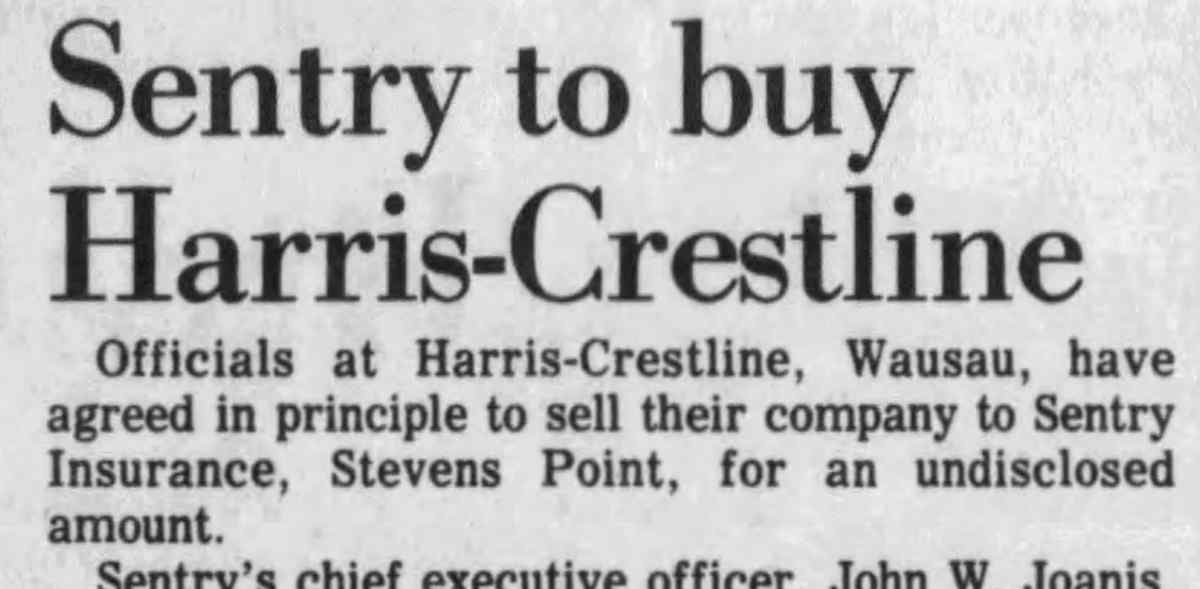
The first of these investments was the window manufacturer, Vetter Manufacturing from Stevens Point, which joined Sentry Insurance's family in early 1981.
Vetter Windows

Vetter Manufacturing was a wood window company founded in 1892, by Henry Vetter and two of his sons. In addition to producing lumber for all sorts of purposes, they joined other lumber companies in manufacturing sashes, doors, interior finish, casings, molding, and roofing.
The Vetter Manf. Co. are now making a specialty of storm sash, and will guarantee to furnish just what you want. Call or drop them a postal card."
Early advertisement for Vetter in the Stevens Point Journal, 1894
Vetter was also a part of the shifts in the early twentieth century towards updating product lines to create "the modern window for modern living."
[Vetter ad]
Their Weather Snug-brand window emerged in the 1950s, and contained a "magic protecta-strip" to keep the weather out, could be removed from the frame for easy cleaning, and were produced in large numbers to keep them affordable.
Remained owned by the Vetter family throughout the years, until 1981, when Richard Vetter sold the company to Sentry Insurance, and it was merged with Crestline in Wausau to create SNE. And later that year, Sentry purchased Wausau's Crestline, and merged the two window companies to create SNE.
Sentry Insurance's Non-Insurance Enterprises
Sentry Non-Investment Enterprises (as it was originally known), was more than just Crestline and Vetter brands in the 1980s. Crestline had acquired an aluminum storm window and door company, Duo Temp of Buffalo, New York in 1980, which was brought into the new SNE family. And after the formation of SNE, the company acquired a shutter company in Texas called American Wood in 1982 and the Florida-based skylight company, Kenergy in 1987.
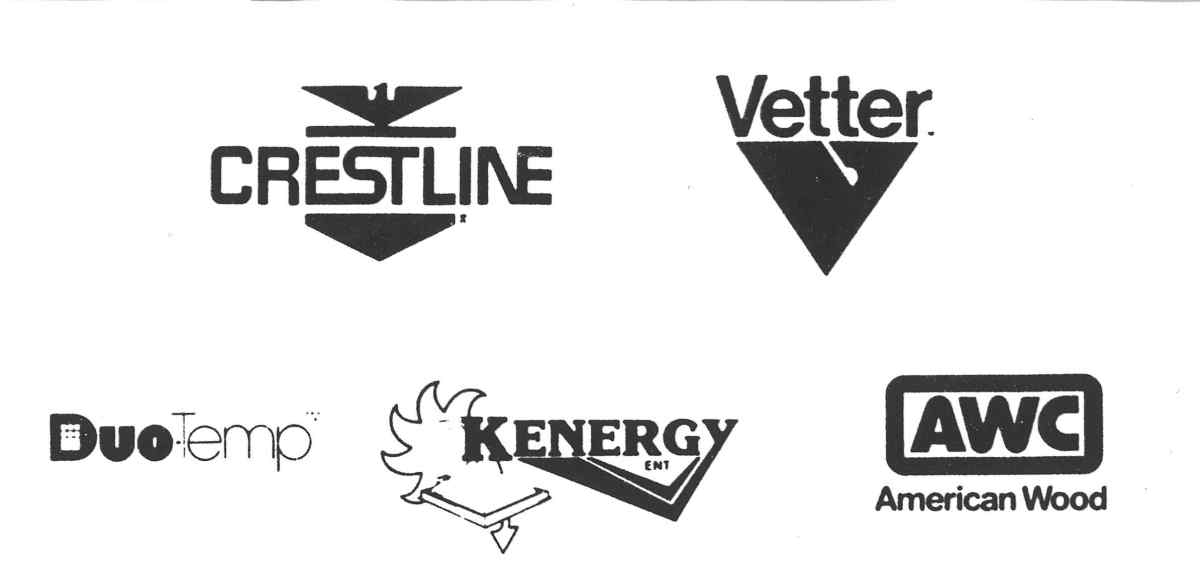
^ Brand subsidiaries of SNE during the 1980s. These acquisitions helped the company expand, both in the scale of their business and the types of products made.
New Ownership
By 1986, the business philosophy of Sentry Insurance had shifted away from diversification, and a decision was made to sell off the non-insurance businesses they had acquired over the previous decade.
SNE's management took the fate of their company into their own hands, and in 1987 they formed the LaSelle Capital Investment Group, and they purchased SNE in the hopes they could find a new,long-term buyer. And in 1989, after two years of uncertainty, the company was bought by PLY GEM Industries of New York.

^ SNE developed a new logo (right) based on the one of their new owner's, PLY GEM Industries (left).
PLY GEM was an umbrella corporation that managed a number of manufacturing subsidiaries companies that ranged from pressure-treated wood, to vinyl siding and vacuum cleaner bags. SNE allowed PLY GEM a ready entry point into the wood window industry (with Crestline's already-established facilities and distribution networks), while also bringing financial stability and its own distribution networks to the Central Wisconsin institution.
And this support for the company came just in time to help it weather the difficulties of a decline in building starts between 1989 and 1991 and a national recession.
New Challenges for SNE
Although 1980s provided opportunities for SNE to expand, the company also had its share of looming issues that came to light in the early 1990s.
As trends in new building recovered and the window business started to improve, the company ran into periodic disagreements over labor contracts with the Union, which led to brief strikes in 1991 and 1994. At the heart of the disagreements were changes in which employees might be expected to work weekends and holidays without overtime pay, proposed changes to the vacation program, and protections over sudden layoffs. Everyone had came together to help the company survive the difficult times, but as the economy improved, the employees felt that the temporary sacrifices should not become permanent, and that they should not have to continue making sacrifices now that things were looking up. In the end, the owners and workers came to an agreement, and manufacturing continued. But the labor relations would flare up
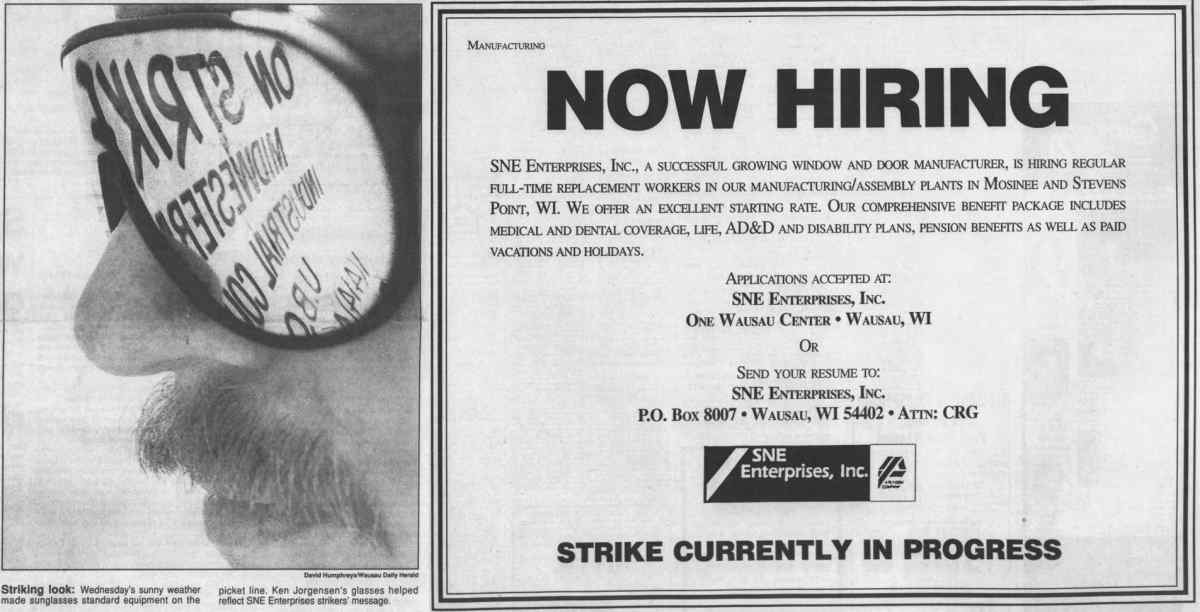
^ Images from the 1994 SNE strike, including a picture of a striking Ken Jorgenson on left (from WDH), and a controversial ad in the Stevens Point Journal looking for new employees to break the strike on the right.
Additionally, the manufacturing facilities in Wausau were also becoming something of a liability, after decades of contamination. Industrial chemicals used to treat the wood at Silcrest/Crestline for years, principally pentachlorophenol (or penta), had contaminated the ground of the facility, and while SNE had stopped using the chemical by 1986, years of using the chemical had created a problem. Penta, and potentially other chemicals, had leaked into the ground, and it would be necessary to evacuate the land and subject it to years of "bioremediation" (pumping of chemicals and bacteria into the ground to clean the groundwater and remove dangerous contamination). And for that to happen, SNE would need a new home.
SNE for the New Millennia
By the mid 1990s, things were looking better for SNE. The construction industry had recovered from the brief recession, the disputes with the Unions were settled, and the contaminated facilities in Wausau were on the road to being remediated.
A new facility in Mosinee's Central Wisconsin Business Park was finished in 1991, which not only distanced SNE facilities from the remnants of whatever chemical contamination had been left at the old Crestline plant, but was also better suited for modern window manufacturing. And while the old location in Wausau was great for its access to the railroad, manufacturing companies had largely switched to using trucks. And so the new facility's location next to Interstate 39 made bringing in raw materials and shipping out finished product more efficient.
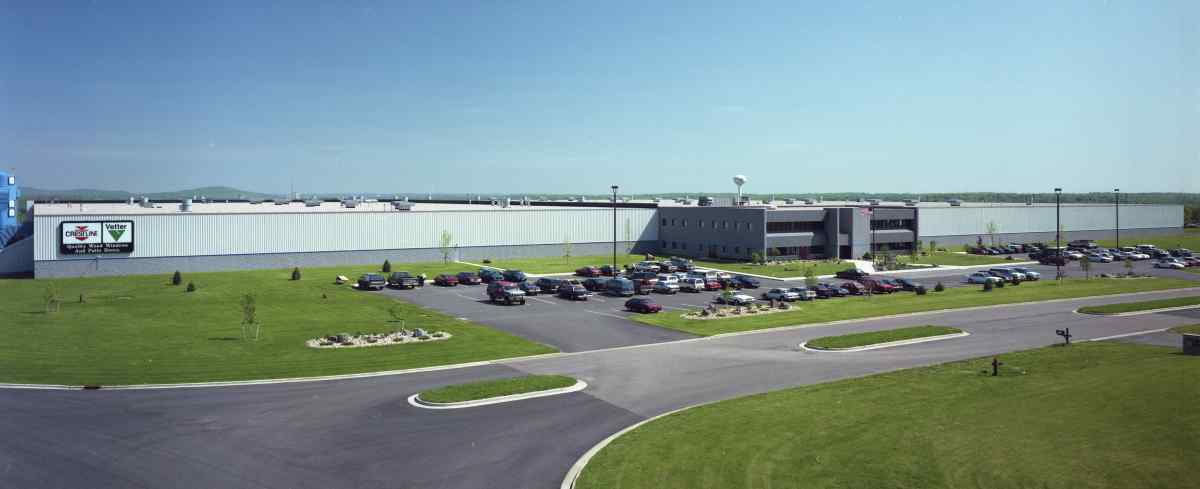
The new Mosinee location centralized SNE production from the five different plants and facilities in Marathon and Portage Counties it replaced, although some specialty products were still produced at other sites.
It is also important to note that the product line produced in Mosinee was diversifying as well, notably into the use of vinyl instead of wood.
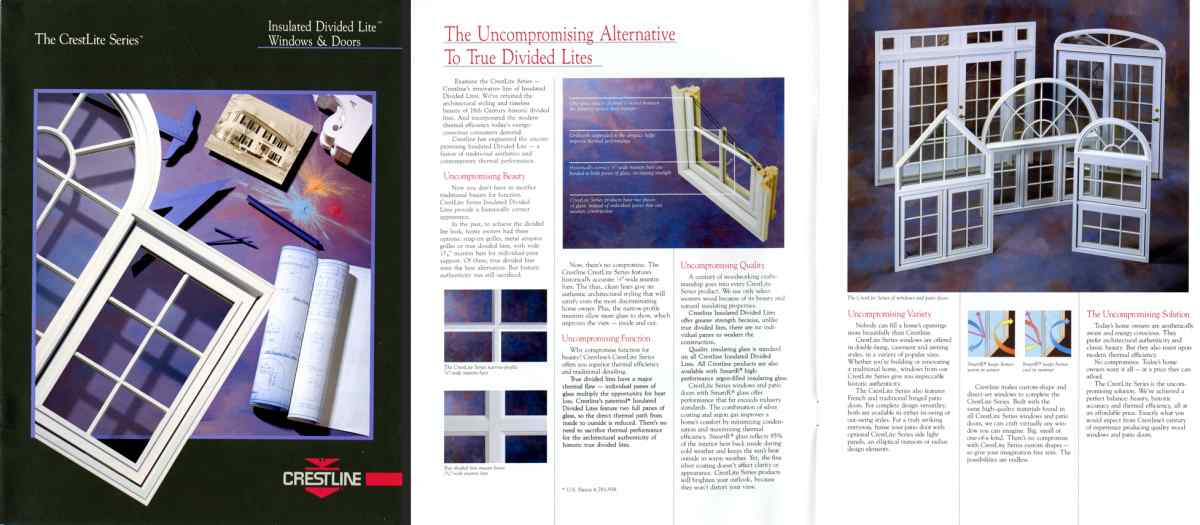
^ A brochure for Crestline-brand windows in the SNE era.
In 1997, the company was sold to Nortek of Providence, Rhode Island, which also owned Peachtree Door and Window of Georgia. And in 2001, Nortek sold both SNE and Peachtree to the Schield Family Brands of Medford, itself built on the Weather Shield brand of wood windows and doors, which effectively consolidated the wood windows market with the purchase.
The new owners reorganized their former rival brands, which put SNE's Mosinee and Stevens Point operations under and Peachtree to become Peachtree Companies, Inc., and SNE would now focus for the production of windows and doors in both wood and vinyl from Crestline, Vetter, and Peachtree brands.
And ultimately SNE became a casualty of the building bubble bursting that ushered in the "Great Recession" of the late 2000s. The Schields were forced to make some difficult choices about how to cut costs and consolidate the wide network of production and distribution they had acquired while buying up competitors. In late 2007, they started to move production of patio and entry doors from Peachtree headquarters in Gainesville, Georgia to Weather Shield facilities in Park Falls, Wisconsin, and the Georgia operations were closed in early 2008.
In Marathon County, the slump in buildings caused decreased orders, and forced layoffs. At the beginning of 2008, the SNE facilities employed 672 workers in Mosinee. By the end of January, the company announced it would need to lay off about 300 workers due to the decreased work. Over the next few months, some of these workers would return, but there were more layoffs on their way, notably another 300 workers were let go in June when the lines of wood windows and doors were moved from Mosinee to plants in Medford and Ladysmith. The SNE facilities continued producing vinyl products, and even benefited somewhat by the relocation of some Weather Shield brand lines from Greenwood to Mosinee in the spring of 2009. But in December of 2011, the company announced plans to close the Mosinee facility.
But even the closing of the facilities was not without difficulties between the owners and labor. Although the closing of the facility was announced at the end of 2011, the actual operations continued until August of 2012, and the actual end came somewhat abruptly. In fact they came so abruptly that union representatives asserted in a lawsuit that SNE had not given the state mandated 60-day notice before closing the shop nor a 14-day notice before making mass layoffs.
Despite the continuing legal entanglements, SNE finally did close its doors of its Mosinee facilities in 2012. SNE's legacy continues in some ways with the facilities they built in Mosinee. Today the old SNE factory is home to Crystal Finishing Systems, and while Crystal is not a dedicated a window company like Crestline and SNE were, they specialize in aluminum extrusions and finishing services that include windows as well as all sorts of other products.
Meanwhile, the Crestline, Vetter, and other product lines once produced in Marathon County are still being made in Medford as part of Weather Shield-owned facilities. But here in Marathon County at least, the closing in 2012 finally ended a line of window and door making that stretched back to 1925, when George Silbernagel started a modest shop with his sons.

